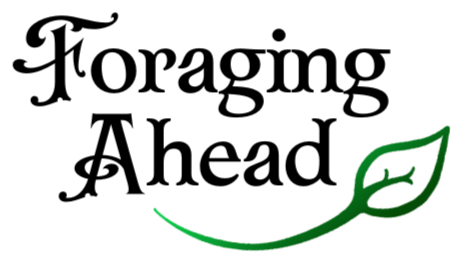Feeding Backyard Birds
In order to help support our feathered friends, many homeowners will set up backyard bird feeders. Unfortunately, these feeders can lead to some unexpected issues in bird populations. Today, we’ll discuss some alternative ways to feed and support wildlife in your yard, using native beneficial plants!
Bird Seed isn’t the Bees’ Knees
The large bags of wild bird seed typically found in garden centers can actually be harmful to the bird population! As a matter of fact, these bags are notorious for having viable seeds of invasive and unwanted species! In addition, these invasive seeds are typically very nutrient poor, meaning that the birds have to eat significantly more of that seed to match the energy they would get from just a few native berries.
Birds Are Territorial
Have you ever tried to take a bone from a resource-guarding dog? Birds actually exhibit this same resource-guarding behavior when around a reliable and accessible food source, leading to disputes! These disputes often look like infighting between members of the same or different species. In the animal world, even these seemingly small squabbles are actually exceptionally dangerous, as small injuries can turn into big problems! It’s even worse in the winter when food and shelter are scarce for our feathered friends.
Bird Feeders, or Hotbeds of Disease?
Perhaps the most notable problem with feeding backyard birds comes in the form of bird feeders. The feeders themselves are notorious for spreading mold and disease among bird populations!
As the bird seed sits, humidity that collects inside the feeder, creating a breeding ground for mold and bacteria. Birds then visit the feeder, adding their saliva, feathers, and waste excretions to the mix. Given the likelihood of all these biological agents to carry parasites and diseases, the bird feeders become the perfect place for diseases to be transferred between both individual birds and entirely different species! Bird feeders are actually indeed very dangerous to the bird populations.
How Can I Help my Backyard Birds?
If you’re looking to help your backyard feathered friends through the tough winter months, all of this information seems daunting. So, what can we do to help native birds? The answer is actually more simple than you think. Just plant natives!
Planting Native, or, Natural Landscaping
Native bushes, perennials, and trees all produce and drop plenty of food for the local bird populations! This supply helps mitigate the unintentional consequences of bird feeders and food scarcity on our bird populations. Specifically, native viburnums, serviceberries, and beautyberries all produce high-quality fruit in the fall season! This energy boost helps migratory and non-migratory birds just before the coldest months of winter. Perennials like mountain mint, coneflowers, and tickseeds can be used to produce seeds that naturally dry out in late-winter, becoming an important and reliable food source during the hardest months on the backyard bird friends.
Having these native plants spread out across your property gives birds food, shelter, and plenty of space (significantly lowering the risk of territorial disputes). The open-air atmosphere and natural preservation processes of these plants helps combat disease spread, and promote healthy wildlife - and a healthy ecosystem!
I’m Ready to Feed my Backyard Birds - What Now?
If you’re excited about supporting your feathered friends but don’t know where to start, please feel free to peruse our blog for ideas and inspiration. I’d love to work with you to bring your home in to harmony with nature - supporting birds, pollinators, you, and more! Contact me here!
